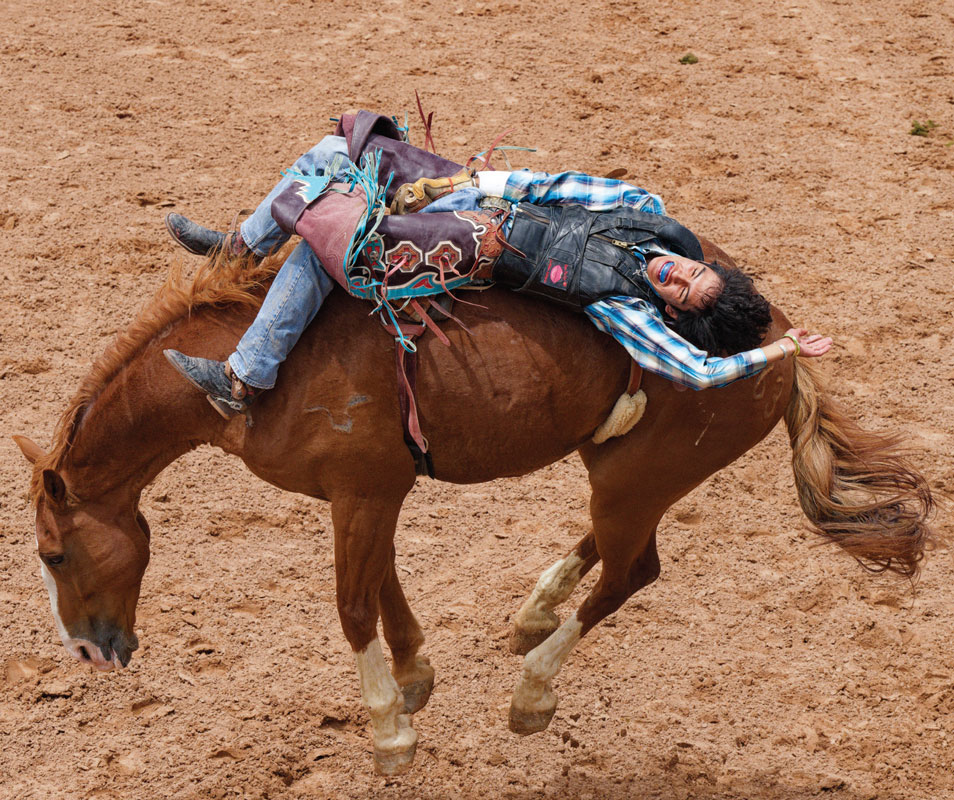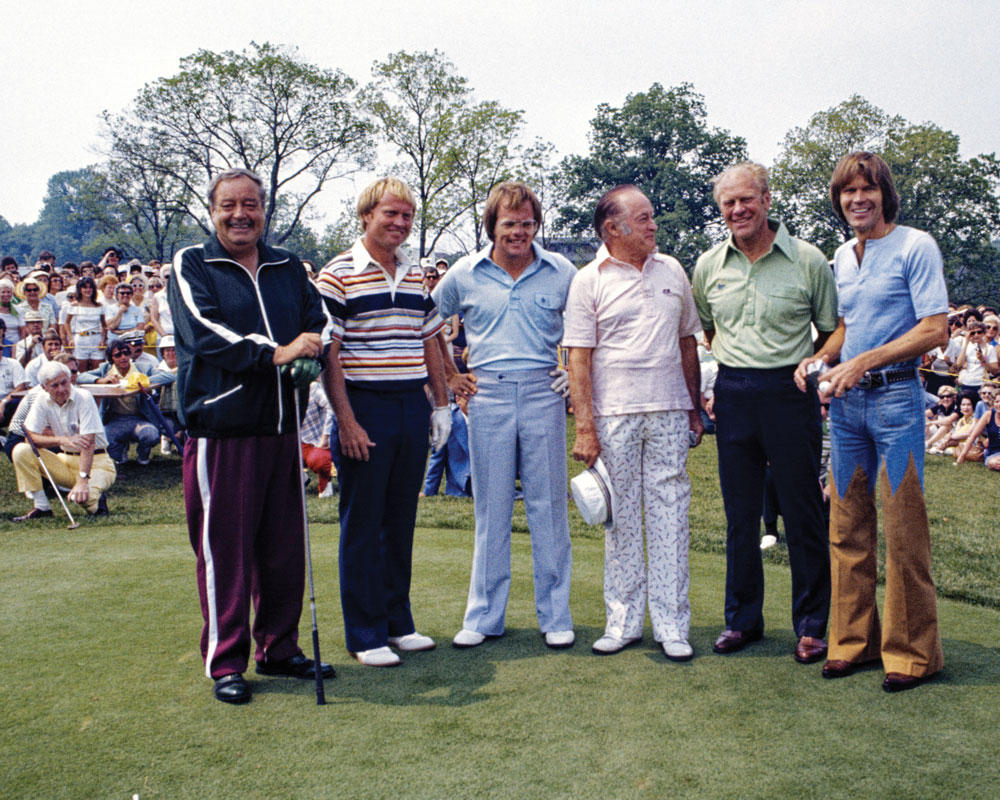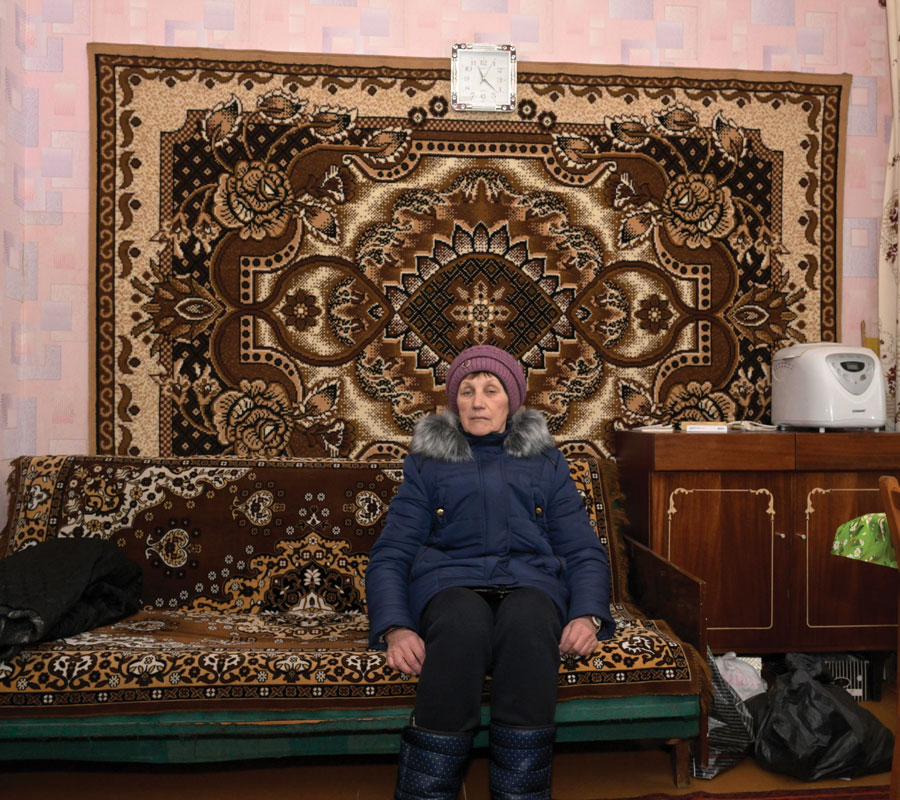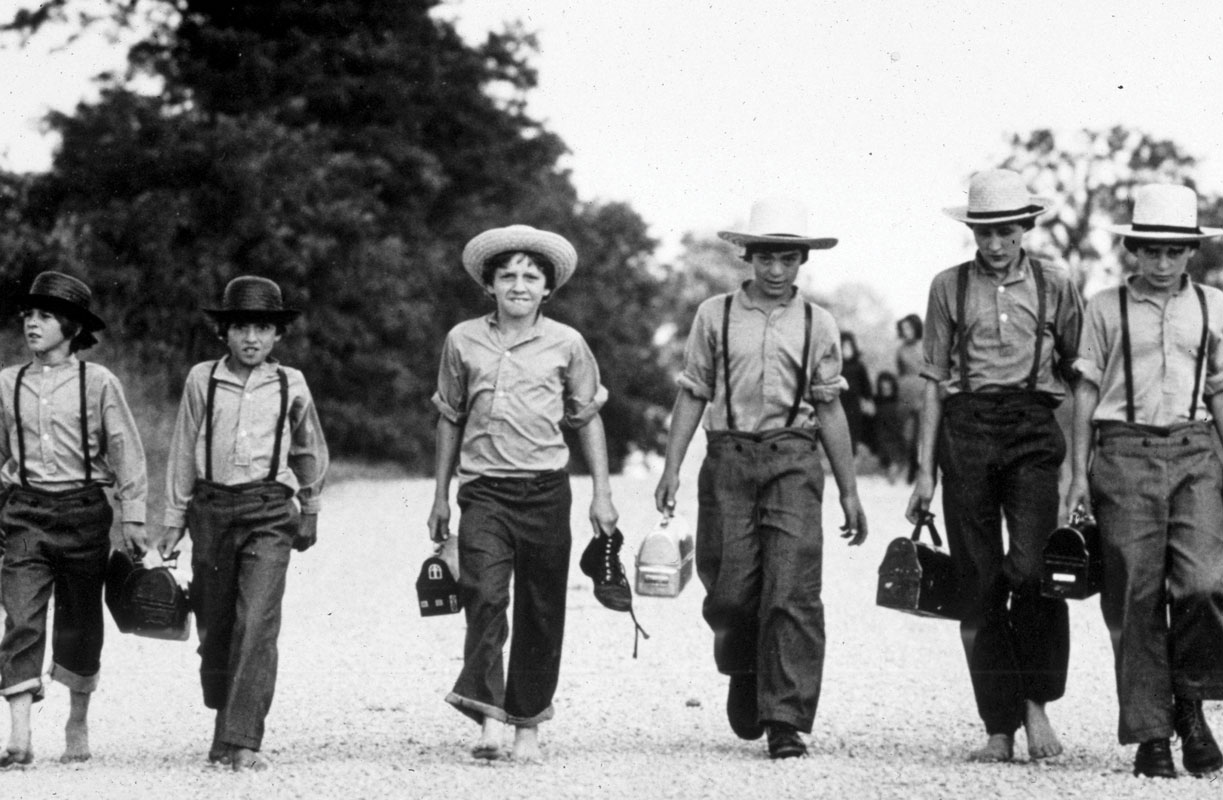In high school, a girl who lived across the street caught my eye. Hoping for a date, I visited her often in our suburban Chicago neighbourhood. But she had a brother who was into taking photos, and I quickly found that photography was more interesting to me than the girl. I ended up spending more time with her brother, bought myself an Argus C3 camera, and started down my photographic path.

My teenage romance never panned out, but I fell in love with photography. It has since consumed my adult life.
In college at the University of Louisville in Kentucky, I took classes in photography and interned at The Courier-Journal, one of the great Midwestern newspapers, known for its fearless investigative reporting. Subsequently, I grasped the technology and the chemistry of darkrooms as a “lab rat” at the Evansville Sunday Courier and Press in Indiana.
In the 1960s and ’70s, almost every city or small town in the US had at least one newspaper. Social and political issues like the racial integration of schools or the Vietnam War drove the news cycle. Many great journalists emerged from regional papers. At The Courier- Journal, I worked under William Hall Strode III, the photo editor who helped bring home a Pulitzer Prize in 1976 for coverage of the court-ordered busing of students to desegregate schools in Jefferson County, Kentucky. From him and other prominent photojournalists, I learned how to tell stories with images that shed light on big questions of politics, war and social evolution.

President Gerald Ford and Glen Campbell at a 1977 golf tournament in Ohio.
I landed my first steady job as a photojournalist at the News Journal in Mansfield, Ohio, a daily newspaper. I had five or six assignments a day, most of which were typical for a small city: taking portraits of local business leaders or residents who distinguished themselves in the local economy, in sports or in community leadership. But every now and then, glamorous assignments came my way, like covering the concerts of Led Zeppelin or Frank Sinatra. I relished them. In March 1975, my editor sent me to photograph Muhammad Ali, the world heavyweight champion. He was in Ohio to take on Chuck Wepner in a fight that became the inspiration for the 1976 Rocky film. Ali defeated him with 19 seconds left in the 15th round.
I remember bypassing Ali’s handler, who tried to block us from taking pictures during his training bouts, to get close-ups of him chatting with fans and signing autographs in his robe. The photos captured another side of the ferocious fighter — he was gentle and engaging too.
Between 1969 and 1972, I took a leave from my newspaper job to join the Army. These were the climactic years of the Vietnam War. I had a low draft number — 18, if you can believe that —
and I had heard that if you enlisted instead of waiting, you could choose what you were going to do in the Army.
Photography has become the best part of my PTSD therapy, offering me an outlet to express my emotions.
Because I was a photographer and I had taken German in high school, I figured I was going to be like James Bond and spy on East Germany from Berlin. But when the Army gave me an aptitude test, they discovered I had no gift for languages. That left me with two choices: mechanic or military police.
“Mechanic!” I said.
I ended up at Fort Bragg in North Carolina, but when my commanding officer found out I was a photographer, he dispatched me on helicopters and airplanes to document sea landing exercises, paratrooper jumps and live-fire demonstrations. I was getting a firsthand education in combat operations.
But my subsequent assignment to the Criminal Investigation Division was a sobering encounter with the darkest side of the human spirit. For two years, I photographed any major cases involving military personnel on or off post. For example, I assisted with the investigation of Jeffrey MacDonald, a former Army Special Forces physician, who was convicted of the 1970 murders of his pregnant wife and two daughters. He is serving three life sentences, and his case was made into a TV drama miniseries.

Hollywood tends to glamorise crime and forensics. But the real-life experience can be rough. With each investigation, I would photograph the crime scene, then spend hours processing the film and looking deeply into the negatives, some of which recorded gruesome details. Those images stay with you, affecting me in ways I didn’t realise or understand until years later.
After returning to the newspaper, I started having nightmares, became argumentative and lost interest in connecting with people. A few years ago, a medical staff member at the Department of Veterans Affairs learned about my experience at the Criminal Investigation Division and handed me a mental health questionnaire. I checked off three-quarters of the page. The staff member reviewed the results and said, “Oh, you have PTSD.”
A diagnosis of post-traumatic stress disorder explained a lot. The VA offered me treatment. But photography has become the best part of my PTSD therapy, offering me an outlet to express my emotions. My assignments propel me out of the house and out of my isolation.
I found rotary, or it found me, in the 1990s. My dad, who had also settled in Columbus, Ohio, introduced me. That’s how I found the Rotary Club of Whitehall-Bexley.
It surprised me. The people. The connections, not just locally, but internationally. Mine was a fun club, even though a bit old-school — the members were fastidious about attendance, sure, and they liked everyone to wear their Rotary pins. But their friendship and dedication to community service inspired me. I soon became the international committee chair.

In 1997, I went to Nicaragua where our club sponsored a project to support surgeries for children with conditions such as cleft lip and cleft palate. I photographed a girl whose hands had been damaged through abuse; they were forced into a fire. The burns had healed, but her hands remained closed like fists due to internal damage. Doctors used a technique to open her hands. It was miraculous.
After Russia invaded Ukraine in February 2022, I contacted Rotarians there. I think part of the reason I went to Ukraine was for a chance to test myself and get back in a military environment. There were a lot of emotions tied up in it.
I spent 10 days roaming with my camera and notebook from the capital, Kyiv, to Kharkiv, a frequent target of Russia’s missile attacks, and then down to Odesa, the southwestern seaport. I slept on trains through the night and when I reached my destination, a Rotarian would be there to meet me.
I took many photos in Ukraine, of the destruction, the great architecture, and the warehouses where supplies donated to Rotary were prepared for distribution. But the photos of everyday people were even more compelling: wedding couples, people sharing meals amid the threats of war, old men playing chess in the square. Their resilience deeply moved me.
As the war intensified, I went back. A Rotarian lent me her mother’s car. As I drove around Kharkiv, I made many connections with Ukrainian soldiers. We exchanged military patches. That connection among people who served in the military can be found anywhere, but it was intensely felt among the brave and dedicated soldiers of Ukraine.
Being a photographer gives you permission to be curious and meet new people. It offers you access. You ask people to talk to you and show you their way of life. Oftentimes they invite you in.

Politicians, in particular, understand the art of connection. I learned that while covering the presidential campaign of John Glenn, the astronaut-turned-politician in Ohio, or Hillary Rodham Clinton, or Sarah Palin. Glenn introduced me to his whole family, and my photographs captured his public and private sides, which I think helped people relate to him.
My brother and I are science fiction fans. We once spotted the world-famous physicist Stephen Hawking at Joshua Tree National Park in California. I got my camera and walked up to a woman standing by the van. “Is he …?” Before I got the sentence out, she interrupted. “Yes, it is.”
“Can I take a picture of him?” I asked.
“Go ask him.”
He was sitting near an edge of the mountain that overlooked the Coachella Valley. And I asked him. He nodded. I got six frames before he wheeled away. Capturing that moment stayed with me forever.
Observation is critical. We can discover wonders where we least expect them. A good photographer is invisible, quietly documenting subjects without them paying attention or without making them feel uncomfortable. Building trust with subjects is also important. I spent nearly a decade visiting the close-knit Amish community and documenting, with permission, the traditional lifestyle in a modern world. Many Amish people prefer not to pose for photos, so I was careful not to intrude during my visits.
At present, I have a lot of projects going. Special Olympics. Portraits of World War II veterans (the stories they tell!). I go to Gallup, New Mexico, for an annual Native American arts and culture celebration. Rotary and photography have opened the world to me. They saved me after I got out of the service. They kept me out among people. They still do.
Pictures by Ed Zirkle
©Rotary





